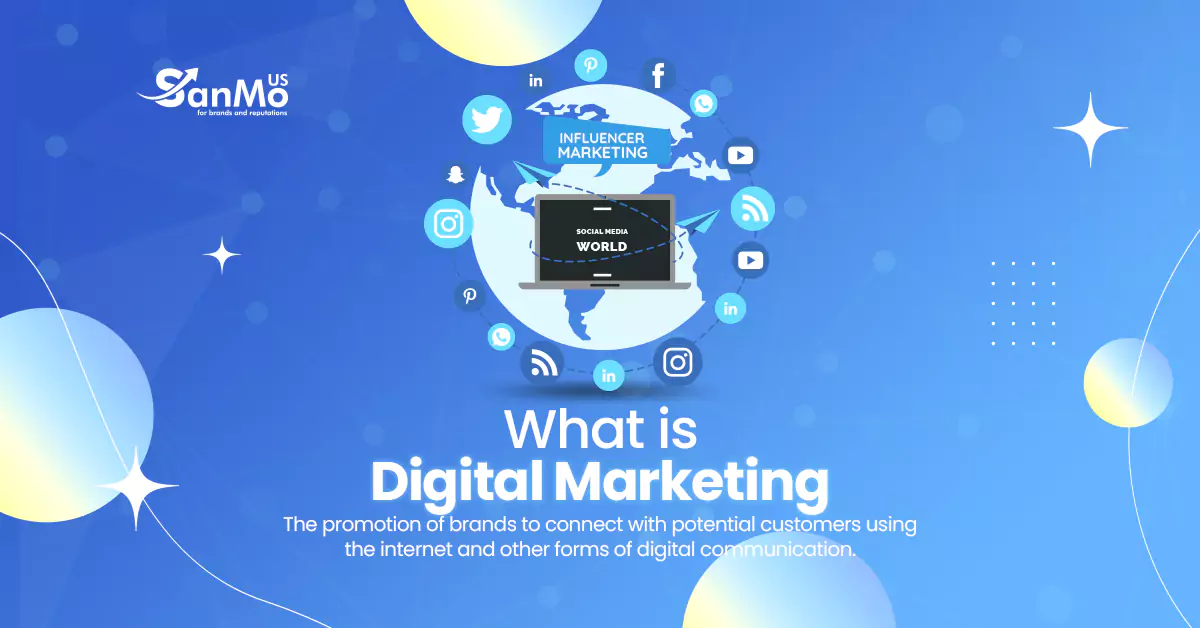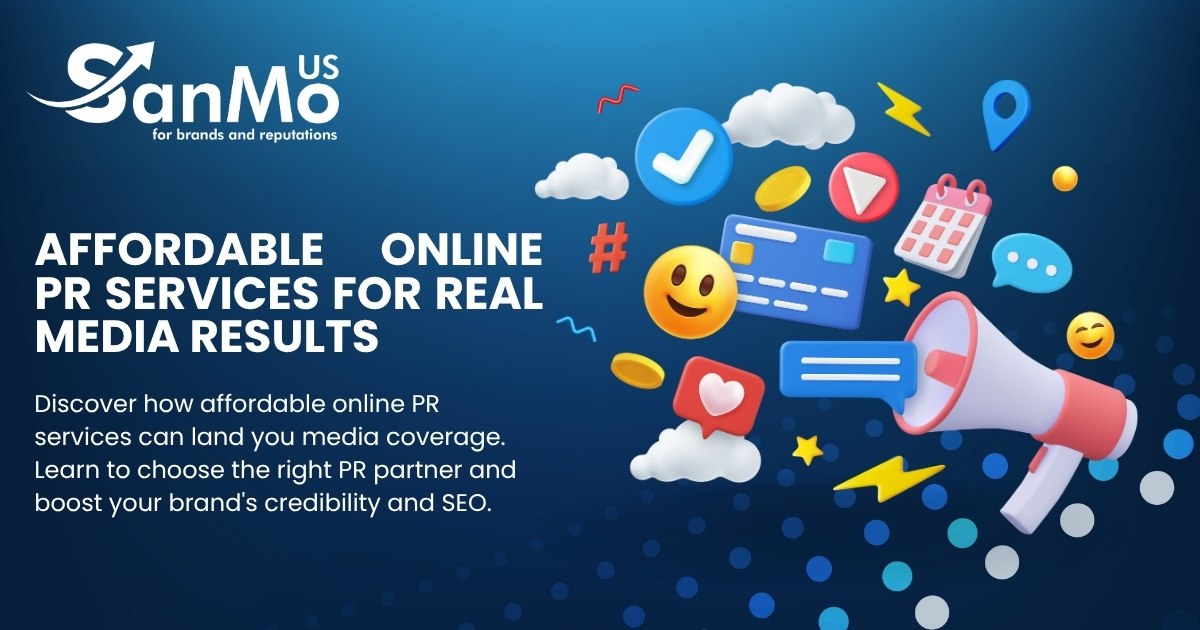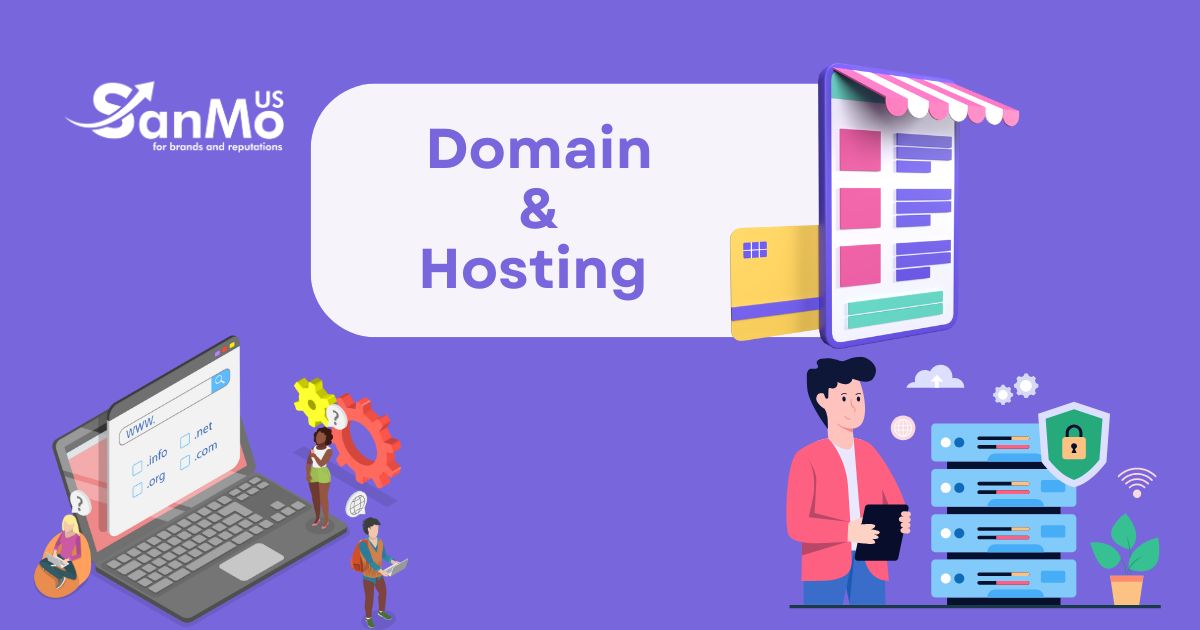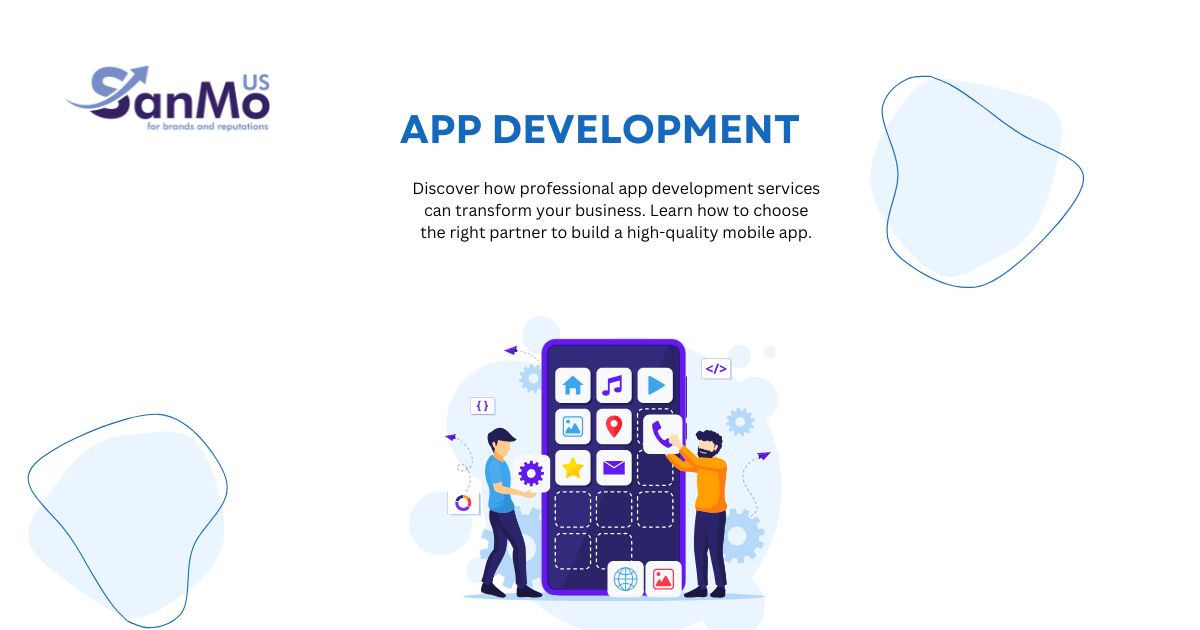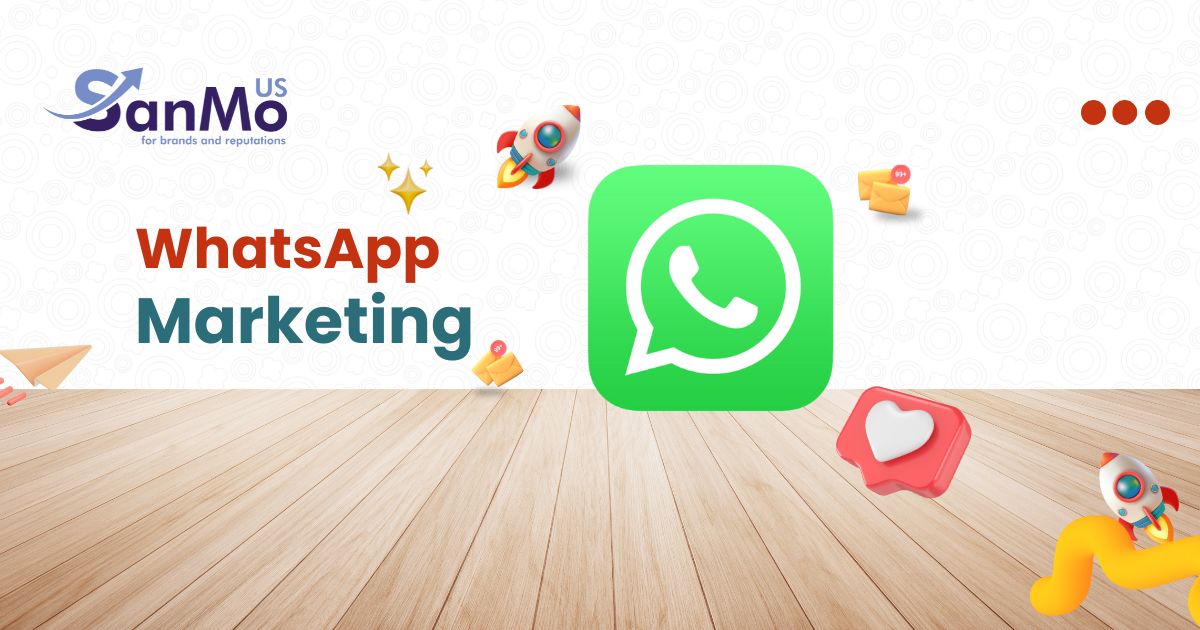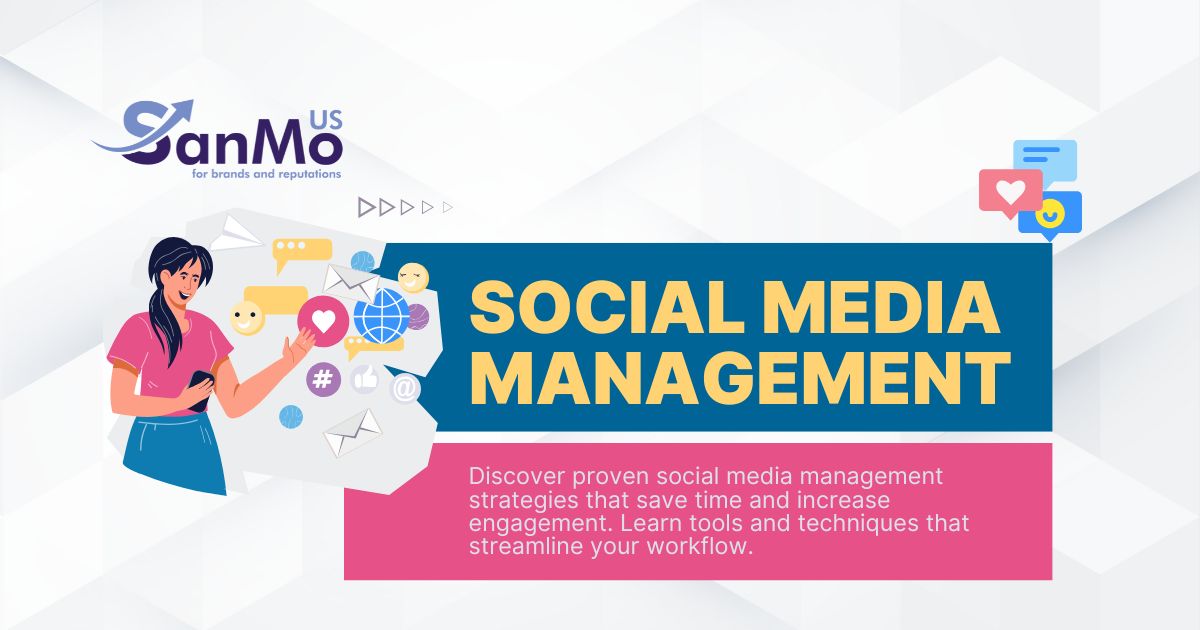Modern businesses thrive on digital marketing as their life-blood in today’s connected world. The internet serves 4.9 billion daily users, making digital marketing crucial for businesses to succeed. Every company needs to grasp digital marketing’s potential and its power to connect with target audiences.
This detailed piece covers everything in digital marketing, from search engine optimization to social media strategies. You’ll discover content marketing techniques and email campaigns while learning about emerging trends like artificial intelligence in marketing. The guide also shows you practical steps to create a digital marketing strategy that delivers measurable results.
What is Digital Marketing?
Digital marketing includes all marketing efforts that employ electronic devices or the internet. The Digital Marketing Institute defines it as a practice that promotes products and services to targeted consumers and businesses through websites, mobile devices, social media, and search engines.The digital world changes faster every day.
Definition and scope
Digital marketing represents a major change in how businesses connect with their audiences. Traditional marketing methods are nowhere near enough today, as companies can reach global audiences through online platforms. The numbers tell the story – 4.62 billion people use social media and 4.95 billion use the internet. These figures show the massive reach digital marketing campaigns can achieve.
Businesses now advertise their services on multiple platforms at a fraction of traditional marketing costs – sometimes even for free. This easy access has reshaped how companies connect with customers. They can track audience responses and gather valuable data that helps shape future marketing campaigns.
Rise of marketing in the digital age
Marketing in the digital world started in the 1990s when the internet and Web 1.0 platform emerged. The most important milestone happened in 1993 with the first clickable banner’s launch, and Yahoo made its debut the following year. The platform gained strength after Google’s arrival in 1998, which revolutionized how businesses handled their online presence.
Web 2.0’s arrival brought a major shift that turned users from passive observers into active participants. Internet advertising generated about $2.90 billion in the US market by 2004. MySpace and Facebook’s introduction created fresh opportunities for businesses to promote their products and brands.
Key components of digital marketing
Digital marketing covers several core elements that create powerful marketing strategies:
- Search Engine Optimization (SEO): Drives organic traffic through technical and creative methods to boost search engine rankings.
- Social Media Marketing: Uses platforms like Facebook, Twitter, LinkedIn, and Instagram to engage audiences and build brand awareness.
- Content Marketing: Creates valuable online content such as blogs, whitepapers, and case studies.
- Email Marketing: Makes personalized communication with customers and prospects through promotional messages.
- Paid Advertising: Runs programmatic advertising and pay-per-click campaigns that target specific audiences based on demographics and behavior.
The numbers prove how well these strategies work. Facebook helps 70% of B2C marketers get new customers, and brands see 67% higher purchase rates from their Twitter followers. These statistics show how digital marketing channels can transform businesses.
The Importance of Digital Marketing in Modern Business
Marketing approaches in modern businesses are undergoing a fundamental change. Research shows that data-based strategies have replaced traditional gut-feeling decisions, and two out of three leading marketers confirm that evidence-based decisions consistently outperform instinct-driven approaches.
Reaching target audiences effectively
Digital marketing helps businesses connect with their target audience precisely. Recent studies reveal that companies using analytical insights in their marketing strategies saw their organic traffic grow by 744% in just 12 months. These impressive results come from:
- Using advanced data management platforms to monitor consumer behavior
- Creating audience segments based on demographics and online activities
- Adjusting marketing strategies through live feedback
- Using psychographic targeting to boost audience involvement
Targeted marketing proves its worth in creating individual-specific experiences. Research shows that 71% of customers prefer advertisements tailored to their interests rather than generic ones.
Cost-effectiveness compared to traditional marketing
Digital marketing has clear money-saving advantages over traditional marketing methods. Companies can accelerate their growth without big marketing budgets through digital channels that deliver amazing returns:
- Google ads turn every $1 into about $8 through search advertising.
- Email marketing brings back $36 for each $1 you put in.
- Social media platforms let businesses start promoting themselves free.
Traditional marketing channels like print ads, billboards, and TV commercials need heavy upfront investment. These costs often stop small and medium-sized businesses from competing. Digital marketing creates a level playing field that helps businesses of all sizes compete effectively.
Measurability and data-driven decision making
Digital marketing stands apart from traditional approaches because marketers know how to measure and analyze their efforts live. Modern marketers can now:
- Track Campaign Performance: Businesses monitor website visits, time spent on pages, email click rates, and conversion metrics live.
- Optimize Strategies: Companies make evidence-based decisions by analyzing customer behavior and campaign effectiveness.
- Calculate ROI: Organizations measure return on investment precisely for each marketing initiative.
Evidence shows that 78% of organizations achieve better lead conversion and customer acquisition through evidence-based marketing approaches. Marketing teams can optimize their budget allocation and improve their campaigns continuously with these measurement capabilities.
Digital marketing’s impact goes beyond simple measurements. Companies that personalize their digital channels see 5-8 times higher ROI from their marketing efforts. This performance boost comes from delivering targeted messages to specific audience segments at optimal times through the most effective channels.
Core Digital Marketing Channels
Digital marketing success depends on using multiple channels to reach and involve target audiences effectively. Marketing strategies need different channels that serve unique purposes and accelerate business growth while improving customer involvement.
Search Engine Optimization (SEO)
SEO is the life-blood of digital marketing that helps businesses gain better visibility in search engine results. Research proves that pages with high-quality backlinks rank on Google’s first page. Link-building serves as a vital part of any SEO strategy. A complete SEO strategy should include:
- Technical optimization of website structure
- Content optimization with relevant keywords
- Quality backlink acquisition
- Mobile responsiveness
- User experience boost
Investment firm Charles Schwab achieved a soaring win with their SEO efforts. Their optimized Roth IRA landing page now attracts about 327,000 organic visitors each month.
Content Marketing
Content marketing has become a powerful way to engage audiences and drive conversions. Research shows content marketing brings in three times more leads per dollar and costs 62% less than traditional marketing channels.
Content marketing works because it helps you establish authority while delivering real value to your audience. Companies that consistently use content marketing strategies see impressive results. One study found businesses achieved a 744% boost in organic traffic after implementing content marketing consistently for a year.
Social Media Marketing
Social media platforms have changed how businesses connect with their audiences. A staggering 4.9 billion people use social media platforms worldwide, creating unique opportunities for brands to build relationships and reach customers.
Businesses can now add a personal touch to their brand and create meaningful conversations through social media. Facebook has helped 70% of B2C marketers gain new customers, while brands on Twitter experience 67% higher purchase rates from their followers.
Email Marketing
New marketing channels emerge constantly, but email marketing remains incredibly effective. Companies see an amazing $36 return for every dollar spent. This makes email marketing one of the most budget-friendly ways to reach customers in the digital world.
Email marketing wins depend on these essential elements:
- Tailored content and offers
- Smart subscriber list segments
- Campaigns that trigger automatically
- Designs optimized for mobile
- Consistent analysis of results
The numbers tell an impressive story. Emails with tailored subject lines get opened 50% more often. Birthday messages bring in 342% more revenue than standard promotional emails.
Emerging Trends in Digital Marketing
Digital marketing’s world evolves rapidly today. Technological advancements and changing consumer behaviors reshape the scene. Businesses adapt to market dynamics while new trends alter the map of digital marketing’s future.
Artificial Intelligence and Machine Learning
Artificial Intelligence (AI) has transformed digital marketing dramatically. Businesses increased their AI adoption by 27% within eighteen months. Marketing departments benefit more from AI than any other business area, according to McKinsey’s research. AI shows remarkable results in several crucial areas:
- 40% of marketers use AI for data analysis and reporting.
- 39% of marketers rely on AI for market research and content summaries.
- 38% of marketers employ AI to create and enhance content.
- AI-driven personalization helps 71% of marketers achieve better customer experience results.
Voice Search Optimization
Consumer interaction with digital content has changed dramatically due to voice search capabilities. Recent studies show voice-activated searches now account for more than 50% of all internet searches. The numbers tell a compelling story:
- Smart speakers exist in 55% of U.S. homes.
- Voice commands drive 20% of mobile searches.
- Local business searches through voice reach 58%.
- Daily routines of 72% voice search users now include this technology.
Video Marketing
People watch online videos for about 100 minutes each day. This explosive growth in video consumption creates exciting opportunities for marketers. Several key trends show how video marketing works:
- Social Media Integration: Video ranks as one of Facebook’s most popular features.
- Short-form Content: TikTok and YouTube Shorts continue to drive user interaction
- Over-the-top (OTT) Advertising: Streaming content now includes 10-15 second ads.
- Educational Content: Companies build strong audiences through YouTube channels.
Influencer Marketing
Influencer marketing has grown into a massive industry that generated more than $13 billion in 2021. Several key metrics show how well this marketing channel works.
Different types of influencers serve specific marketing goals:
- Nano Influencers (1-10k followers): These creators have the highest engagement rates.
- Micro-Influencers (10-100k followers): They offer budget-friendly reach.
- Macro Influencers (100k-1M followers): Their content reaches wider audiences.
- Mega Influencers (1M+ followers): They provide maximum reach.
Most marketers (89%) find that influencer marketing ROI matches or exceeds other marketing channels. Instagram stands out as the top platform, where 87% of influencers work with brands.
These new trends succeed because they deliver real results. Companies that use AI-powered marketing strategies have seen their conversion rates multiply by five or more. Influencer campaigns achieve an average 4.2% engagement rate, which beats traditional advertising methods.
Developing a Digital Marketing Strategy
A successful digital marketing strategy needs through planning and methodical implementation. Companies that use analytical marketing strategies achieve 5-8 times better ROI than those without well-laid-out approaches.
Setting SMART goals
SMART goals – Specific, Measurable, Achievable, Relevant, and Time-bound objectives form the backbone of successful digital marketing strategies. Marketing teams that implement SMART goals achieve their targets three times more effectively.
- Specificity: Each marketing initiative needs clear outcomes.
- Measurability: Concrete KPIs help track progress.
- Achievability: Resources should match your goals.
- Relevance: Your objectives need alignment with business goals.
- Time-bound: Every goal requires a specific deadline.
Companies that embrace SMART objectives see remarkable results in their digital marketing efforts. Their website traffic grows by 20% within six months, and their optimized CTAs boost conversions by 10%.
Identifying target audience
Understanding your target audience is significant to succeed in digital marketing. Companies waste USD 37.00 billion in ad spend each year because of poor audience targeting. A full picture of your audience needs analysis of:
- Demographics and location data
- Online behavior patterns
- Purchase history and priorities
- Content consumption habits
- Platform priorities
Research shows that 80% of consumers will more likely participate with brands that provide individual-specific experiences. This highlights why creating detailed buyer personas and getting a full picture of audience segments matters so much.
Choosing the right channels
Your business objectives and target audience’s priorities should line up with your channel selection. Research reveals that companies need to think over six crucial factors to select digital marketing channels:
- Budget Allocation: Review costs linked to each channel
- Campaign Objectives: Pick channels that fit your marketing goals
- Competitor Analysis: Study the market landscape
- Audience Presence: Find platforms where your target audience spends time
- Integration Capabilities: Create a smooth cross-channel experience
- Feature Requirements: Match channel features with marketing needs
The data shows that businesses using an all-encompassing multi-channel strategy achieve a 287% higher purchase rate than single-channel marketing.
Creating a content calendar
A well-laid-out content calendar helps you maintain consistent participation on your digital channels. Companies that use content calendars see their content work 74% better.
The best content calendars should include:
Planning Elements:
- Content types and formats
- Publication dates and times
- Channel-specific requirements
- Resource allocation
- Performance tracking metrics
Companies that publish content consistently with a structured calendar experience a 300% boost in click-through rates. Your calendar should adapt to trending topics while staying true to your marketing goals.
The best results come when you schedule content at times when each platform sees peak engagement. B2B email campaigns deliver better results on Tuesday through Thursday mornings. Social media gets the most traction between 6 to 9 PM.
Your content calendar management needs:
- Regular performance reviews
- Immediate optimization opportunities
- Resource allocation tracking
- Team collaboration tools
- Crisis management protocols
Teams that use shared content calendars get 27% more engagement and keep their brand message consistent on all channels.
Your digital marketing strategy’s success depends on constant monitoring and fine-tuning. Companies that check and adjust their strategies based on performance data make their campaigns 25% more effective. This step-by-step approach helps marketing efforts support business goals and adapt to market changes and customer priorities.
Conclusion
Digital marketing has changed how businesses communicate and connect with customers through measurable, budget-friendly channels. The numbers tell an impressive story – email marketing generates $36 for every dollar spent, while targeted campaigns can boost organic traffic by up to 744%. These results show the true potential of digital channels when businesses combine smart planning with analytical insights in SEO, content marketing, social media, and new technologies.
Digital marketing success needs careful consideration of audience requirements, channel choices, and regular content delivery. Companies that accept detailed digital strategies with SMART goals and content calendars are ready to grow steadily in today’s connected marketplace. Businesses must adjust their methods as technologies evolve and focus on creating value through individual-specific, engaging content on multiple platforms.

